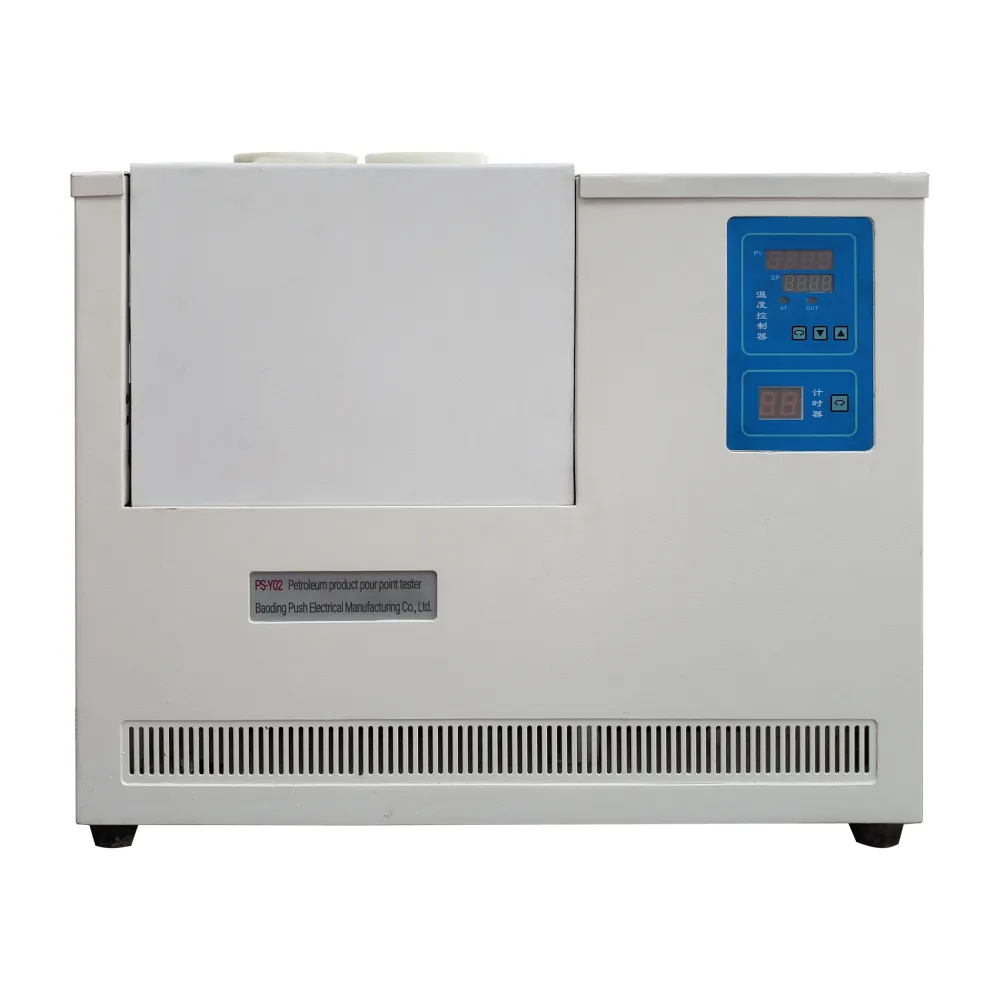 English
English



-
 Afrikaans
Afrikaans -
 Albanian
Albanian -
 Amharic
Amharic -
 Arabic
Arabic -
 Armenian
Armenian -
 Azerbaijani
Azerbaijani -
 Basque
Basque -
 Belarusian
Belarusian -
 Bengali
Bengali -
 Bosnian
Bosnian -
 Bulgarian
Bulgarian -
 Catalan
Catalan -
 Cebuano
Cebuano -
 China
China -
 China (Taiwan)
China (Taiwan) -
 Corsican
Corsican -
 Croatian
Croatian -
 Czech
Czech -
 Danish
Danish -
 Dutch
Dutch -
 English
English -
 Esperanto
Esperanto -
 Estonian
Estonian -
 Finnish
Finnish -
 French
French -
 Frisian
Frisian -
 Galician
Galician -
 Georgian
Georgian -
 German
German -
 Greek
Greek -
 Gujarati
Gujarati -
 Haitian Creole
Haitian Creole -
 hausa
hausa -
 hawaiian
hawaiian -
 Hebrew
Hebrew -
 Hindi
Hindi -
 Miao
Miao -
 Hungarian
Hungarian -
 Icelandic
Icelandic -
 igbo
igbo -
 Indonesian
Indonesian -
 irish
irish -
 Italian
Italian -
 Japanese
Japanese -
 Javanese
Javanese -
 Kannada
Kannada -
 kazakh
kazakh -
 Khmer
Khmer -
 Rwandese
Rwandese -
 Korean
Korean -
 Kurdish
Kurdish -
 Kyrgyz
Kyrgyz -
 Lao
Lao -
 Latin
Latin -
 Latvian
Latvian -
 Lithuanian
Lithuanian -
 Luxembourgish
Luxembourgish -
 Macedonian
Macedonian -
 Malgashi
Malgashi -
 Malay
Malay -
 Malayalam
Malayalam -
 Maltese
Maltese -
 Maori
Maori -
 Marathi
Marathi -
 Mongolian
Mongolian -
 Myanmar
Myanmar -
 Nepali
Nepali -
 Norwegian
Norwegian -
 Norwegian
Norwegian -
 Occitan
Occitan -
 Pashto
Pashto -
 Persian
Persian -
 Polish
Polish -
 Portuguese
Portuguese -
 Punjabi
Punjabi -
 Romanian
Romanian -
 Russian
Russian -
 Samoan
Samoan -
 Scottish Gaelic
Scottish Gaelic -
 Serbian
Serbian -
 Sesotho
Sesotho -
 Shona
Shona -
 Sindhi
Sindhi -
 Sinhala
Sinhala -
 Slovak
Slovak -
 Slovenian
Slovenian -
 Somali
Somali -
 Spanish
Spanish -
 Sundanese
Sundanese -
 Swahili
Swahili -
 Swedish
Swedish -
 Tagalog
Tagalog -
 Tajik
Tajik -
 Tamil
Tamil -
 Tatar
Tatar -
 Telugu
Telugu -
 Thai
Thai -
 Turkish
Turkish -
 Turkmen
Turkmen -
 Ukrainian
Ukrainian -
 Urdu
Urdu -
 Uighur
Uighur -
 Uzbek
Uzbek -
 Vietnamese
Vietnamese -
 Welsh
Welsh -
 Bantu
Bantu -
 Yiddish
Yiddish -
 Yoruba
Yoruba -
 Zulu
Zulu
automatic distillation apparatus
Automatic Distillation Apparatus An Overview
Distillation is a fundamental technique used in chemistry and various industries for separating components in a mixture based on differences in their boiling points. As the demand for efficient and accurate separation processes increases, the development of automatic distillation apparatus has emerged as a critical advancement in laboratory technology. This article explores the significance, components, and applications of automatic distillation apparatus, highlighting its role in modern analytical chemistry.
Significance of Automatic Distillation Apparatus
The automatic distillation apparatus simplifies the distillation process, enhancing productivity and accuracy while minimizing human error. Traditional distillation methods often require meticulous monitoring and manual adjustments, which can be time-consuming and prone to inaccuracies. By automating these processes, scientists and technicians can obtain reliable results more efficiently, allowing for higher throughput in both research and industrial applications.
Moreover, automatic distillation systems are designed to operate under controlled conditions, ensuring reproducibility and consistency in results. This is particularly important in fields such as pharmaceuticals, where the purity of compounds is critical. An automatic system can also integrate advanced features like real-time data logging, temperature control, and automated sample collection, making it an invaluable tool in modern laboratories.
Key Components of Automatic Distillation Apparatus
An automatic distillation apparatus comprises several key components
1. Heating Element Essential for vaporizing the liquid mixture, the heating element can be electric or steam-based, depending on the setup. Precise temperature control is crucial to manage the boiling points of different components effectively.
2. Distillation Flask This is where the liquid mixture is initially contained. The flask is usually equipped with a thermometer to monitor the vapor temperature closely.
3. Column The distillation column, often filled with packing material, allows for repeated vaporization and condensation. This process helps separate components more effectively through repeated fractional distillation.
4. Condenser The vapor generated is cooled back to liquid form in the condenser. This component is vital for collecting the distilled liquid, separating it from non-volatile residues.
automatic distillation apparatus

5. Collection Receiver This part of the apparatus collects the distilled liquid. It may be fitted with multiple collection vessels to separate different fractions based on their boiling points.
6. Control System An integral part of automatic distillation apparatus is the electronic control system. It regulates heating, monitors temperatures, and can automatically switch collection vessels according to pre-set parameters.
Applications in Various Industries
Automatic distillation apparatus finds applications across multiple sectors
- Pharmaceuticals It is used to purify solvents, separate active pharmaceutical ingredients (APIs), and analyze complex mixtures in drug manufacturing.
- Petrochemicals Among the processes involved in refining crude oil, automatic distillation systems are employed to separate various hydrocarbons based on boiling points.
- Food and Beverage Industry In the production of spirits and concentrated flavors, automatic distillation helps in separating alcohols and other components precisely.
- Environmental Analysis The apparatus is used to determine the concentrations of volatile organic compounds (VOCs) in various samples, aiding in pollution control and environmental monitoring.
Conclusion
The automatic distillation apparatus represents a significant advancement in the field of separation science. By offering enhanced efficiency, precision, and reproducibility, these systems are indispensable tools in laboratories and industrial settings alike. As technology continues to evolve, further innovations in automatic distillation are likely to emerge, paving the way for even greater efficiency and accuracy in the separation of chemical mixtures. The integration of automation with traditional techniques not only streamlines processes but also opens new avenues for research and development across diverse fields.
-
Testing Equipment Industry Sees Major Advancements in 2025: Smart & Precision Technologies Lead the WayNewsJun.06,2025
-
Applications of Direct Current Generators in Renewable Energy SystemsNewsJun.05,2025
-
Hipot Tester Calibration and Accuracy GuidelinesNewsJun.05,2025
-
Digital Circuit Breaker Analyzer Features and BenefitsNewsJun.05,2025
-
Benefits of Real-Time Power Quality Monitoring Devices for Industrial EfficiencyNewsJun.05,2025
-
Earth Fault Loop Testing in High-Rise Building Electrical SystemsNewsJun.05,2025



